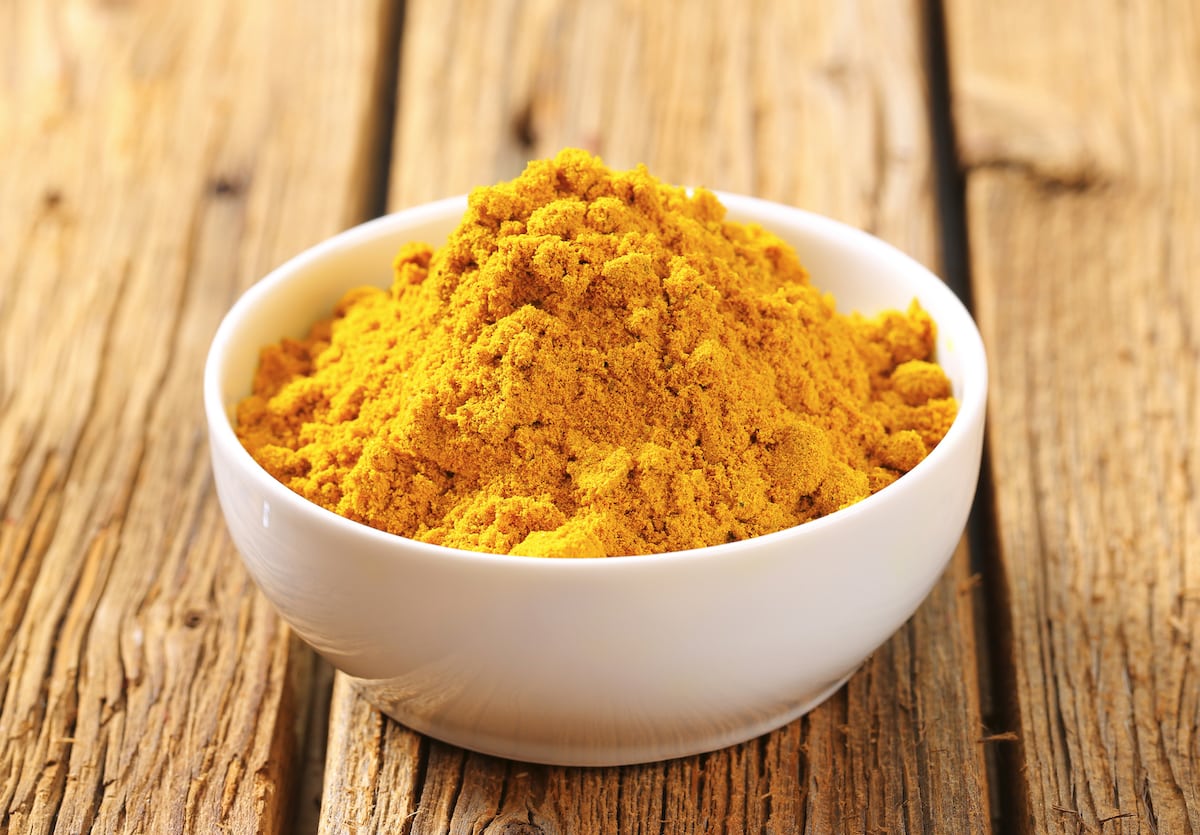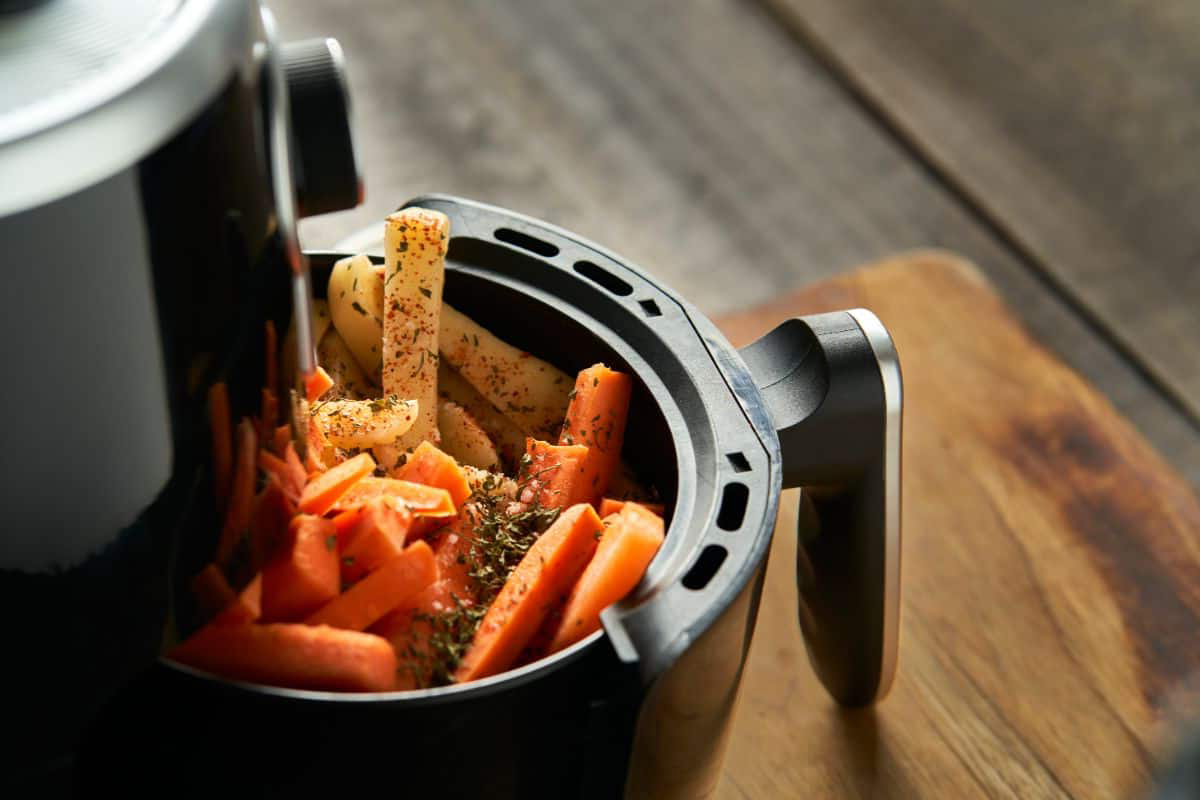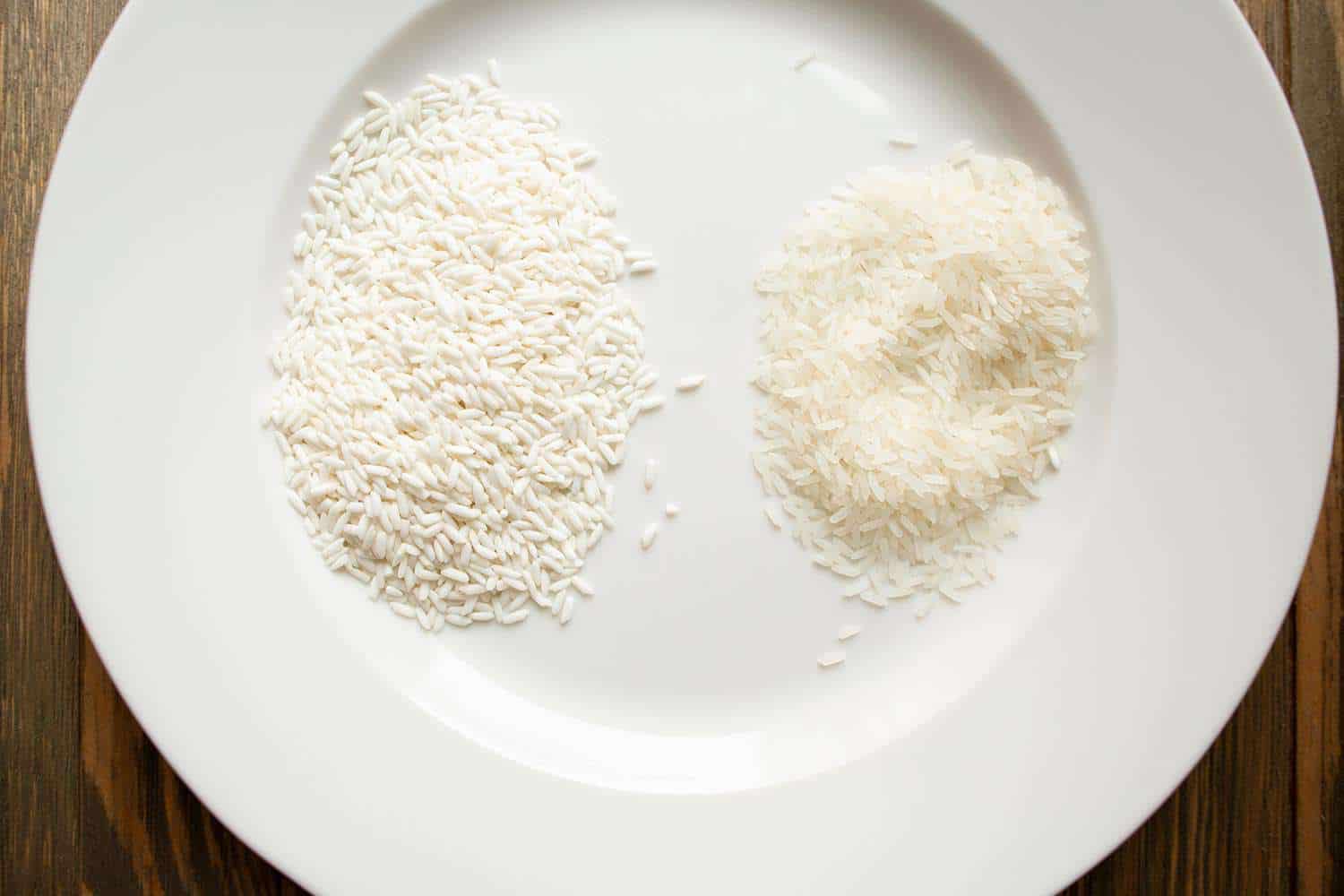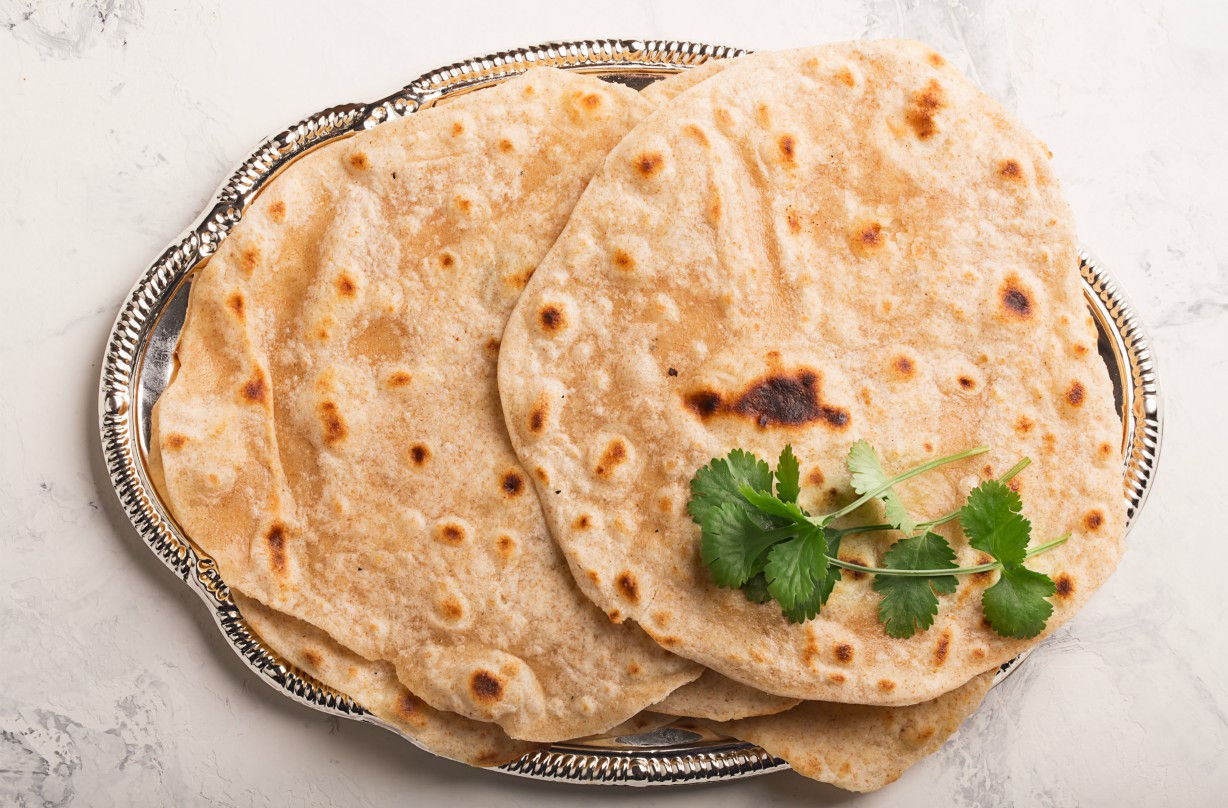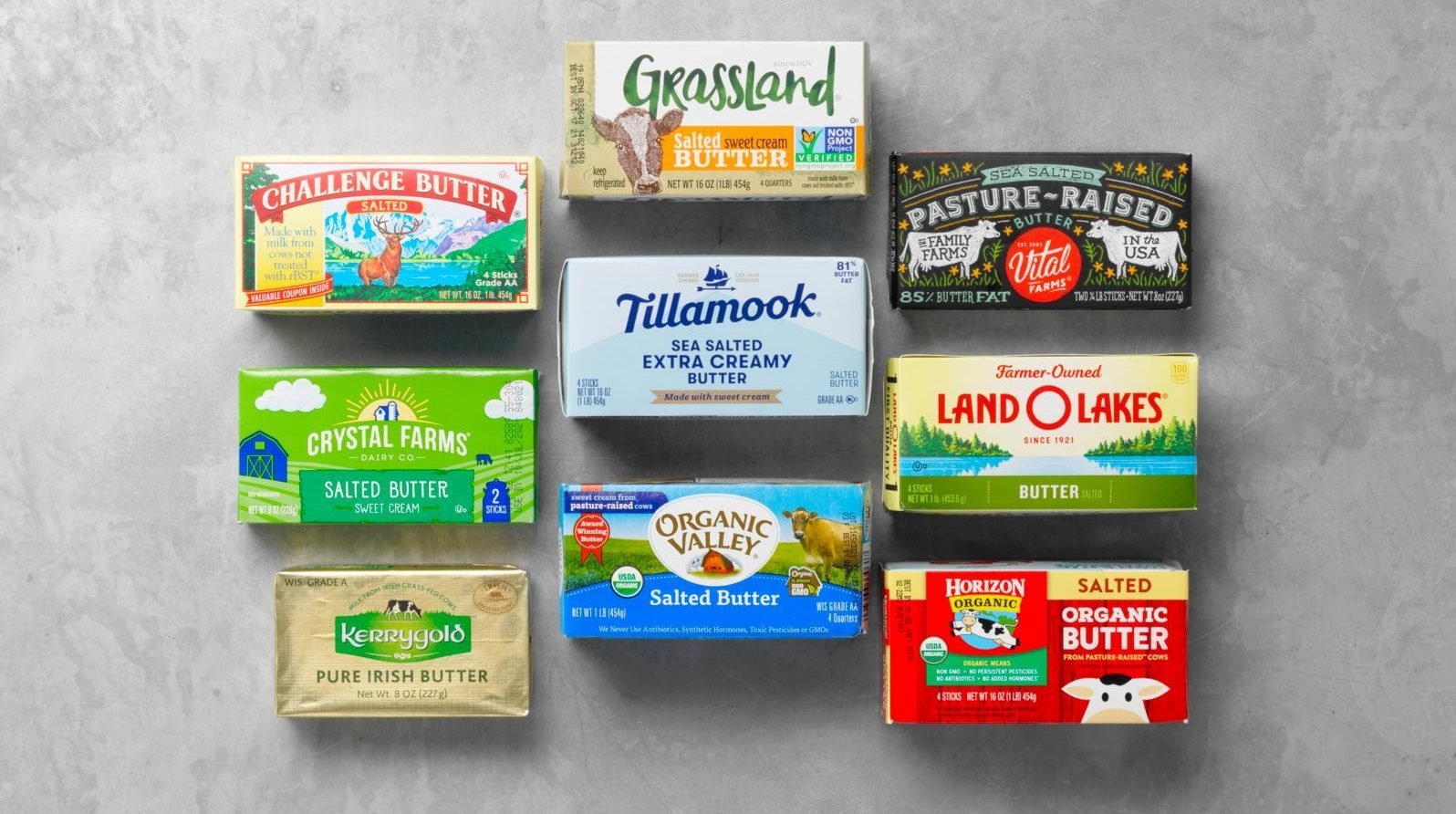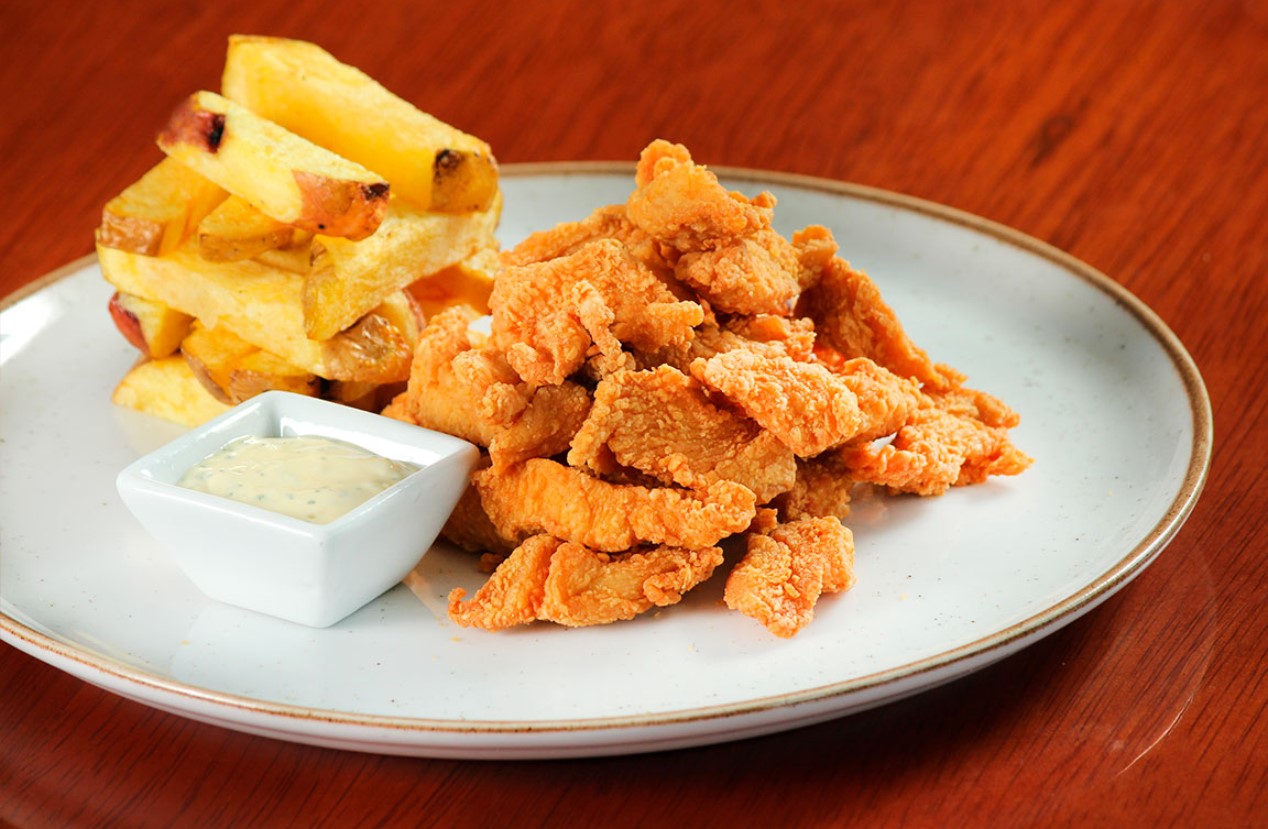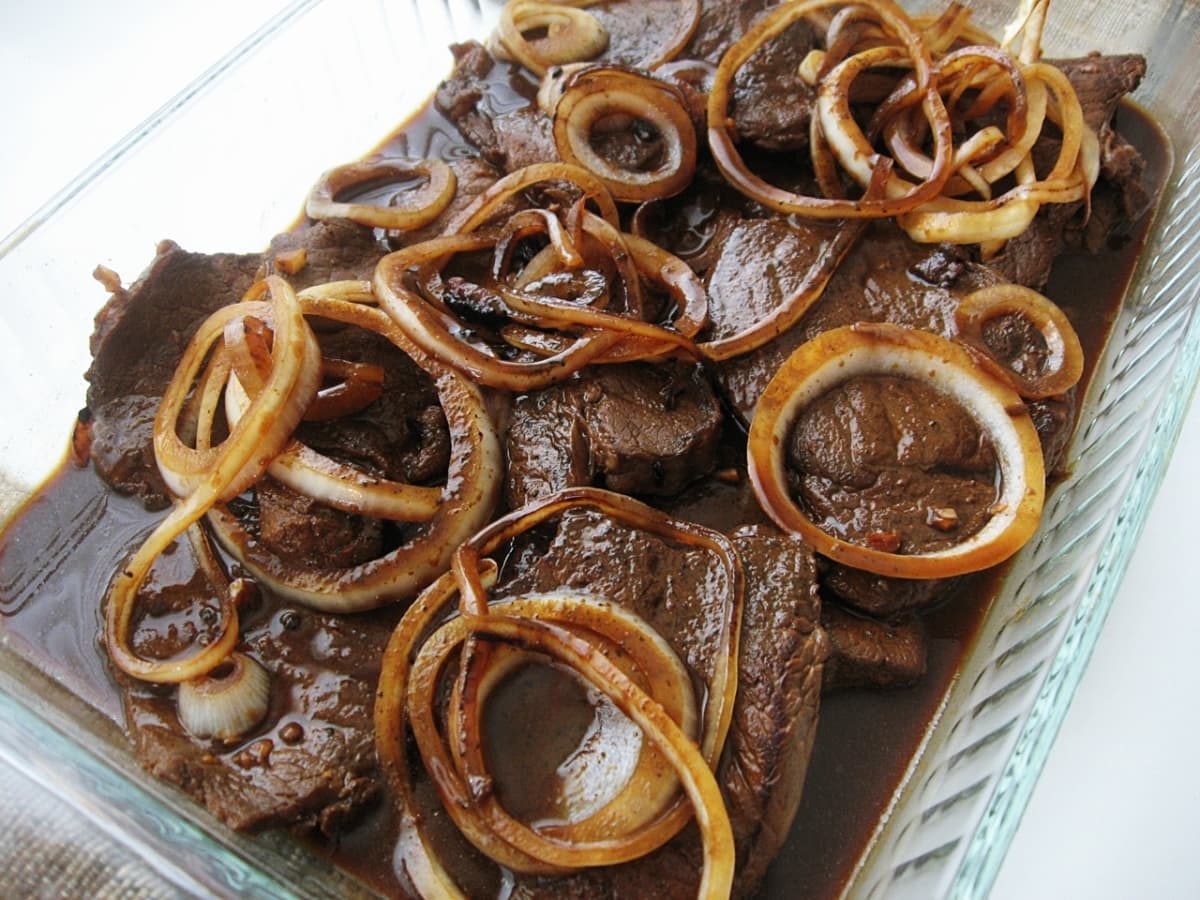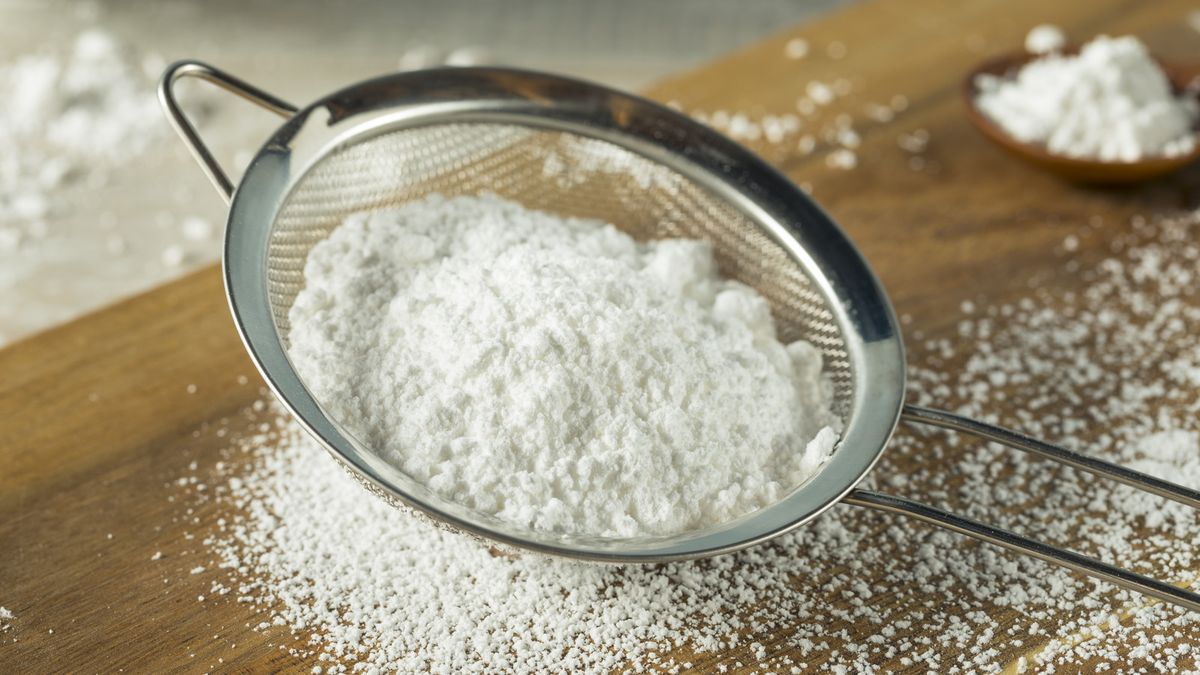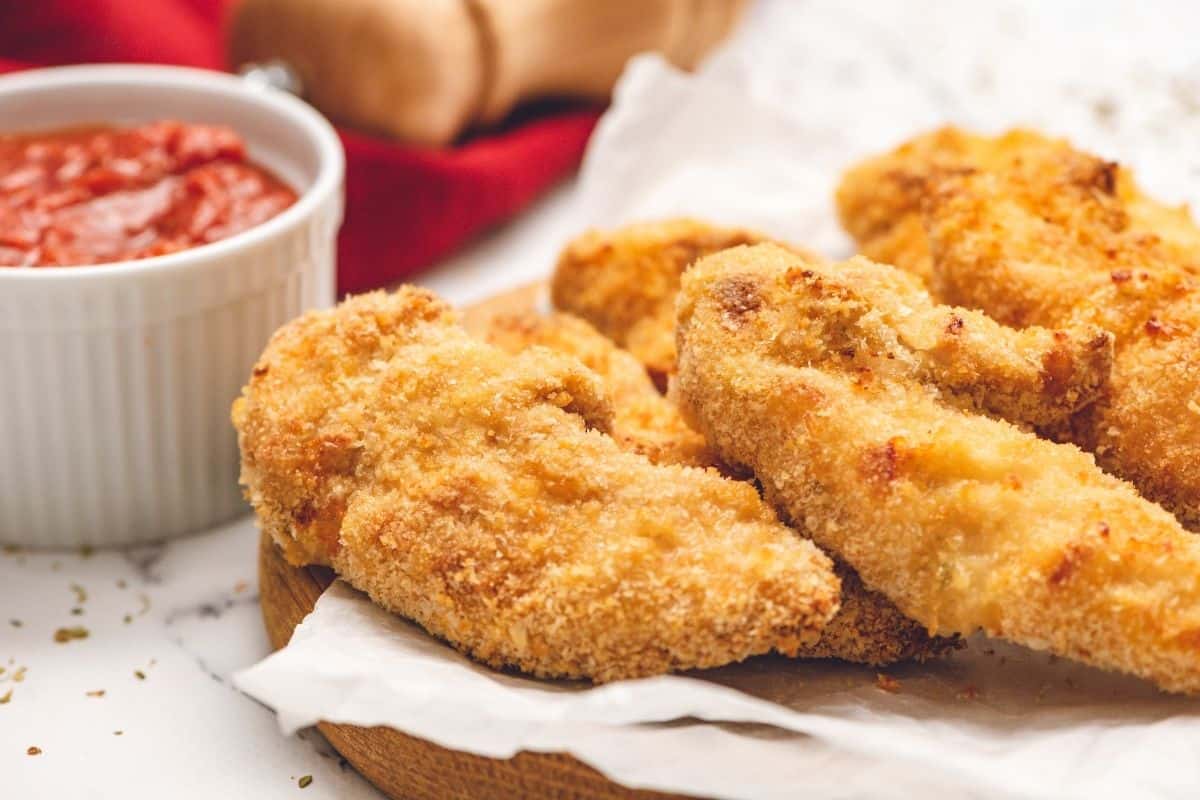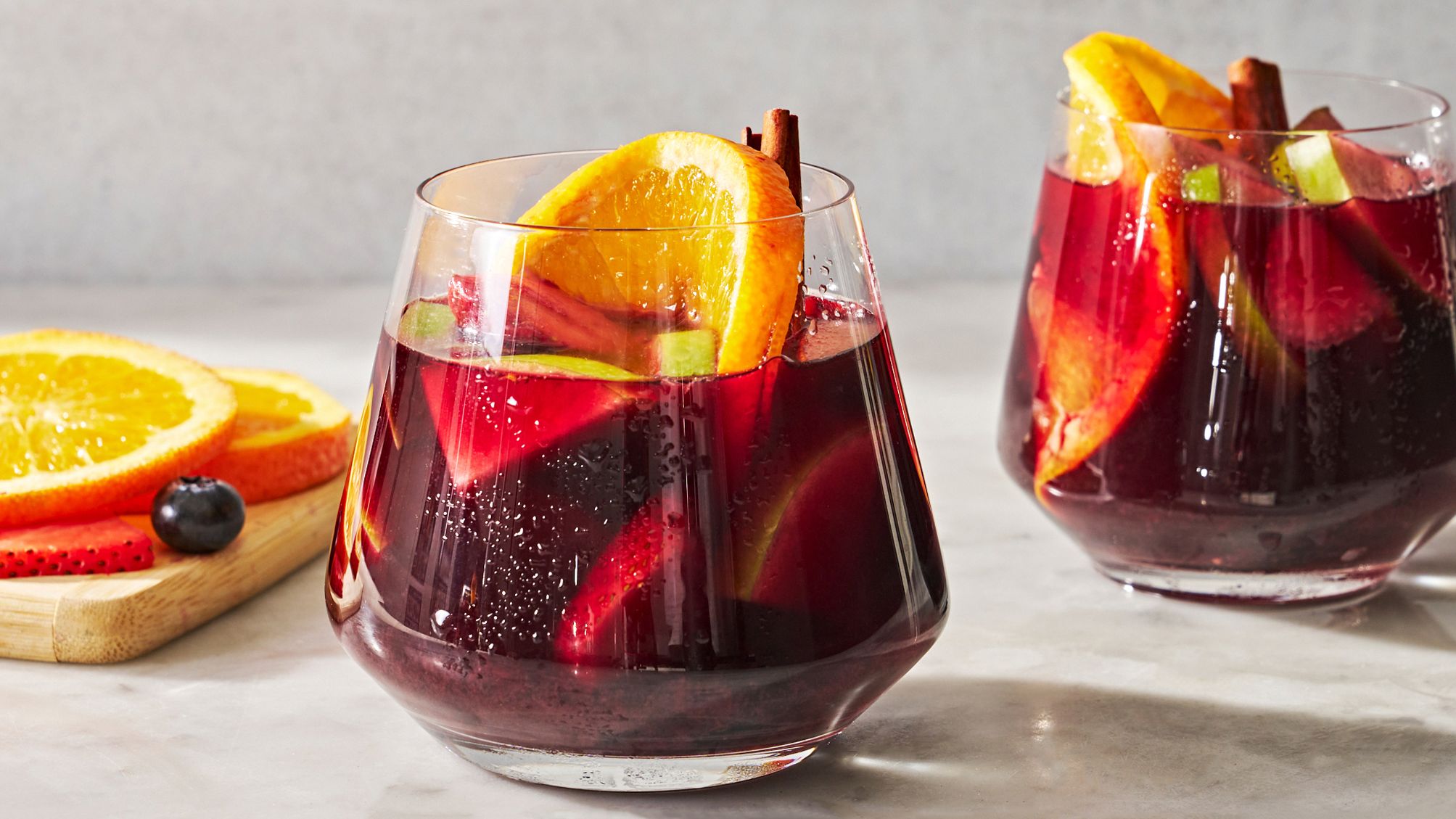Understanding Chilled Butter: What You Need to Know
Butter is a staple ingredient in many kitchens around the world. Whether you use it for baking, cooking, or simply spreading it on toast, butter is a versatile and delicious addition to any meal. However, you may have come across the term “chilled butter” and wondered what it means. In this article, we’ll explore the concept of chilled butter and its uses in the culinary world.
What is Chilled Butter?
Chilled butter refers to butter that has been kept in the refrigerator, typically at a temperature between 32°F and 40°F (0°C and 4°C). When butter is chilled, it becomes firm and easier to handle, making it ideal for certain culinary applications.
Uses of Chilled Butter
Chilled butter has several uses in the kitchen, including:
- Baking: Chilled butter is often used in baking recipes, such as pie crusts and biscuits. When cold butter is mixed with flour, it creates a flaky texture in the final product.
- Pastry Making: Pastry chefs often use chilled butter when making laminated dough, such as croissants and puff pastry. The cold butter creates distinct layers in the dough, resulting in a light and airy pastry.
- Butter Sculpting: Chilled butter is sometimes used for sculpting decorative shapes or figures, particularly in professional culinary settings or competitions.
Benefits of Chilled Butter
There are several benefits to using chilled butter in cooking and baking:
- Improved Texture: Chilled butter helps create a flakier texture in baked goods, such as pie crusts and biscuits.
- Better Incorporation: When making certain doughs or batters, cold butter can be easier to incorporate into the mixture, resulting in a more even distribution of fat throughout the recipe.
- Extended Shelf Life: Storing butter in the refrigerator can help prolong its shelf life, preventing it from spoiling too quickly.
How to Use Chilled Butter
If a recipe calls for chilled butter, it’s important to follow the instructions carefully. Here are a few tips for using chilled butter in your cooking and baking:
- When a recipe requires chilled butter, cut it into small cubes before incorporating it into the dough or batter. This will help distribute the butter evenly.
- For pastry making, keep the chilled butter and dough at similar temperatures to ensure proper lamination and layering.
- When using chilled butter for sculpting or shaping, work quickly to prevent the butter from becoming too soft and difficult to handle.
Conclusion
Chilled butter is a versatile ingredient that plays a crucial role in many culinary creations. Whether you’re baking a flaky pie crust or crafting an intricate pastry, understanding how to use chilled butter can elevate your cooking and baking skills. By keeping a stick of butter in the refrigerator, you’ll be prepared to tackle a wide range of delicious recipes.
So, the next time you come across a recipe that calls for chilled butter, embrace the cold and enjoy the delectable results it brings to your culinary creations.
Was this page helpful?
Read Next: What Is Another Name For Flank Steak
